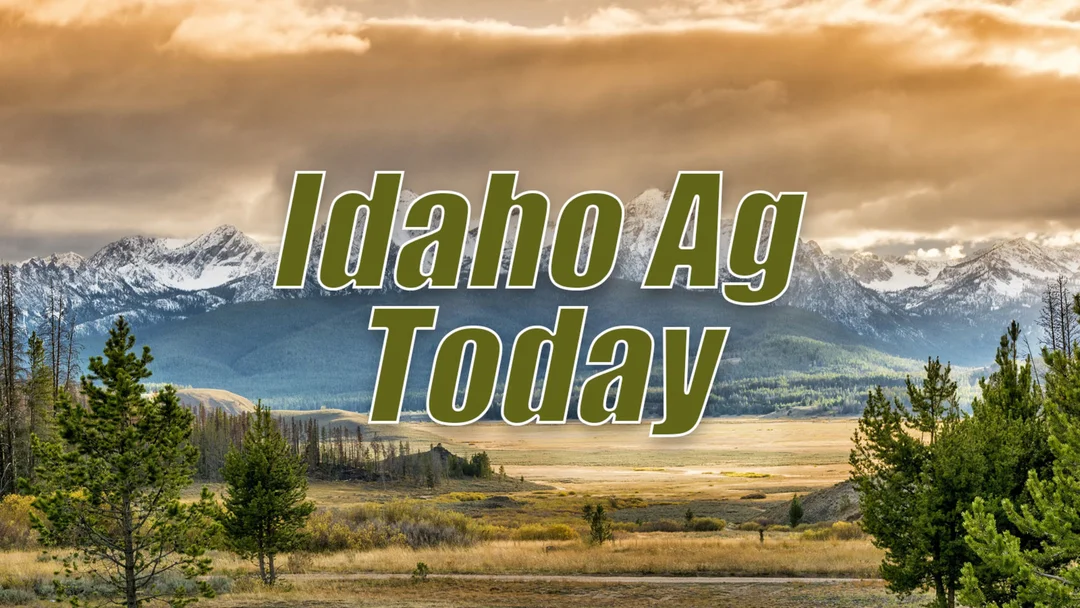
Could Thirstwaves be the Next Climate Catastrophe?
In a world where extreme weather events dominate headlines, a new term is gaining traction in the scientific community: "thirstwaves." As alarming shifts in climate continue to reshape our environment, understanding this phenomenon may be crucial for agriculture, water management, and overall ecological health.
Researchers from the University of Idaho and the University of Colorado Boulder have put forth "thirstwaves" to describe prolonged periods of heightened atmospheric evaporative demand. These events could impact farming practices significantly as they correlate with periods of intense drought-like conditions, even when temperatures do not reach extreme highs. According to a recent study, California stands at the center of this urgent issue, with nine of its counties experiencing notably higher frequencies of these atmospheric events.

In the context of agriculture, farmers may find it increasingly challenging to meet irrigation needs as these thirstwaves amplify the demand for water due to low humidity, high wind speeds, and extended solar radiation exposure. As Meetpal Kukal, a researcher at U of I, elaborated, the current metrics in water management inadequately account for these extreme periods. "If one were to look only at means it appears the southwest desert is the most extreme. However, from an extreme standpoint, the Midwest is really a hot spot," Kukal stated.
The report analyzed data from 1981 to 2021, revealing that instances of thirstwaves are not only increasing in frequency but also in intensity and duration. The implications are dire; agricultural infrastructure may struggle to keep pace with the escalating demand for irrigation.
As water resources dwindle, a stark reality confronts agricultural stakeholders. **Without sufficient adaptability in irrigation practices, many crops, especially rain-fed varieties, could face dire consequences.** Kukal is currently developing a decision-support dashboard aimed at helping farmers navigate these challenges

Climate experts are urging a re-evaluation of how water management strategies are formulated. "Thirstwaves could act as a wake-up call for farmers and policymakers alike," warns Mike Hobbins from CU Boulder. With increasing variability in climate patterns, crop management systems must adapt rapidly to maintain productivity.
The looming question remains: As thirstwaves become a common feature in our climate narrative, are we adequately prepared to face the repercussions they hold for agriculture and water sustainability? With shifting climatic patterns already observable, the need for immediate action to update irrigation systems and improve conservation methods appears more pressing than ever.
How will these findings influence your perspective on water management in agriculture? Share your thoughts in the comments below!